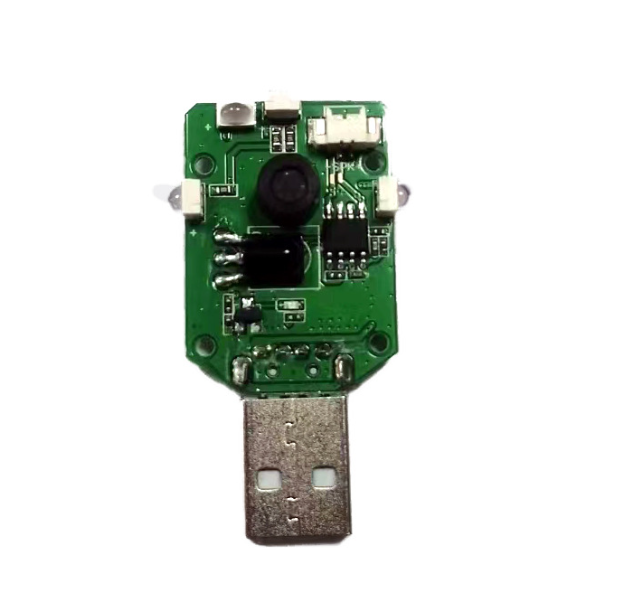Application of WiFi technology in smart home
With the development of the economy, people’s demand for modern high-quality life is growing, in this context, smart home as a representative of quality life, has become the object of everyone’s pursuit, but also the inevitable trend of future family life.
At present, there are more and more smart home brands on the market, home appliances, network industry giants have tested the smart home market, and the study of smart home technology has become a major topic. The popularity of WiFi and the development of related software will make home appliances complete a leap in function.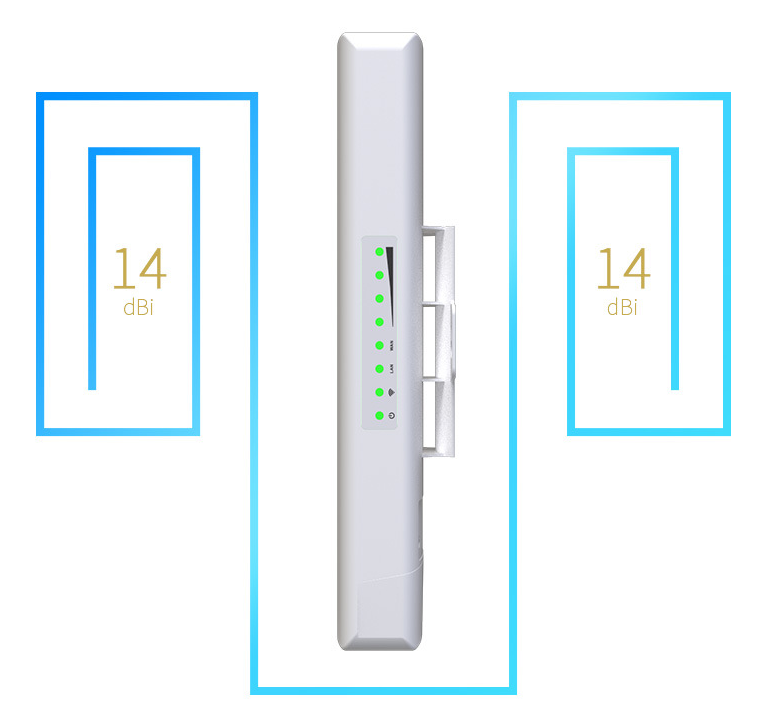
Today we will talk about the application of wifi technology in smart homes.
WiFi itself has been widely used, for users, WiFi-based smart home combination is the most trouble-free, purchase equipment can be directly networked.
Through the application of WiFi technology, it has successfully connected various equipment and building intercom of smart homes, providing a more comfortable, safe and convenient smart home living space than traditional smart homes, optimizing people’s lifestyles and bringing users a new home life.
WiFi is very suitable for the wireless communication protocol of smart home, compared with BLEmesh and ZigBee, they have different characteristics in terms of bandwidth, power consumption, cost, wall penetration ability, delay and so on.
WiFi transmission bandwidth is the largest, has reached hundreds of Mbps, as long as you have a wireless router, you can achieve access, transmit high-definition video, lossless audio, high-precision pictures and so on are no problem.
In terms of power consumption, WiFi is higher than BLEmesh and ZigBee, and the cost of sending and receiving components is also the most expensive, but its transmission ability is strong and its ability to penetrate walls is also strong.
WiFi is the most powerful, but it consumes so much power that it’s not suitable for battery-powered devices and is more suitable for plug-in devices.
For example, smart appliances such as TVs, refrigerators, washing machines, and dishwashers use WiFi communication and can be used directly without requiring users to purchase a separate gateway.
Of course, WiFi itself is powerful, but all network transmission is a barrel effect, that is, from the terminal equipment to the router must be powerful, if you use more WiFi devices, the performance of the wireless router is extremely important.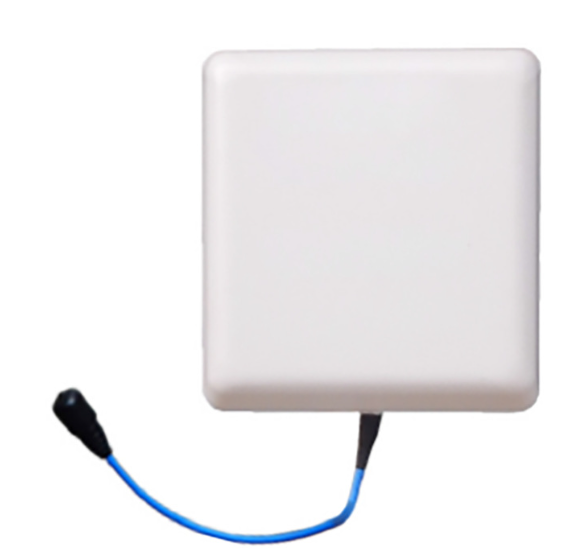
In practical engineering applications, the touch screen supporting wireless WiFi technology due to the long control distance, in the large auditorium and the exhibition hall with a lot of partition walls can greatly reduce the number of wireless receiver installation, even if the control distance exceeds the general control range, we can also expand the receiver acceptance range by installing a wireless enhanced repeater, a medium-sized wireless enhanced repeater can increase the original 100 meters of control distance to 500 meters or even 1 kilometer, and with the enhancement of the transmission power, The wireless WiFi touch screen enhances not only the control distance, but also the penetration in the steel-concrete building, making the mobile control smoother. The main advantage of WiFi is that it does not require wiring and can be not limited by wiring conditions, so it is very suitable for the needs of mobile office users and has broad market prospects.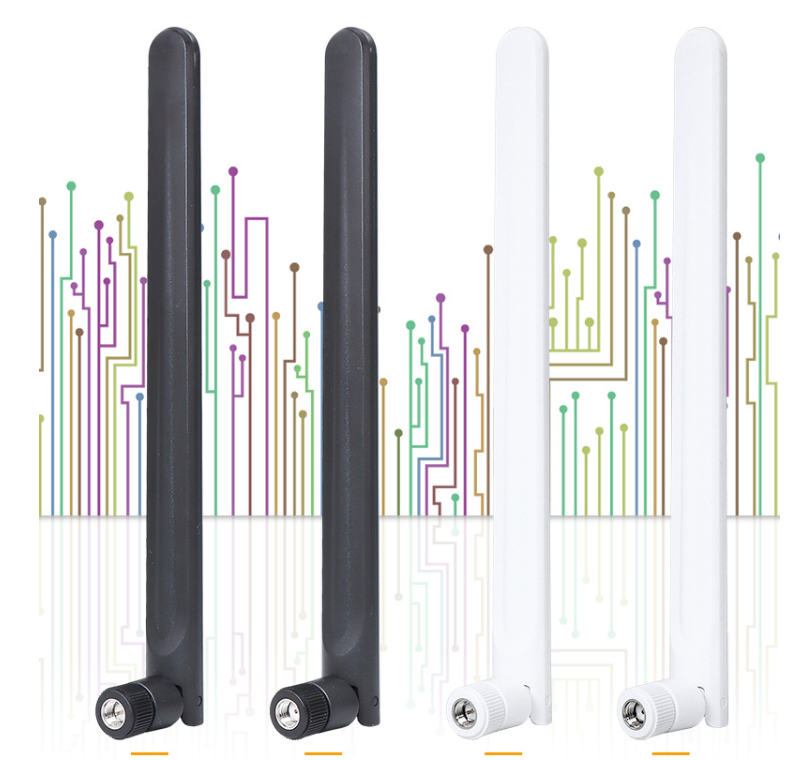
At present, it has expanded from traditional special industries such as health care, inventory control and management services to more industries, and even into the home and educational institutions.
Health safety is also a highlight of WiFi.
The transmission power specified in IEEE802.11 shall not exceed 100 milliwatts, and the actual transmission power shall be about 60~70 milliwatts.
The transmission power of mobile phones is about 200 milliwatts to 1 watt, and handheld walkie-talkies are up to 5 watts, and the wireless network use is not like mobile phones directly contacting the human body, which is absolutely safe.
To enable the home internal network to interconnect with the external Intemet, a home gateway is required between the home intranet and the external Internet.
The gateway is the core part of the entire home wireless network system, which on the one hand completes the conversion and information sharing between various communication protocols in the home wireless network, and exchanges data with the external network, and on the other hand, is also responsible for the management and control of the network terminal in the home.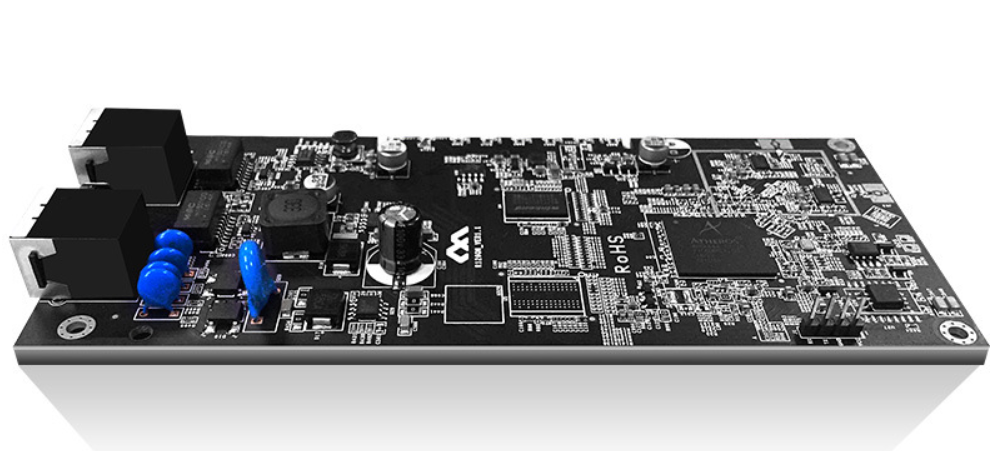
Network terminals in the home also communicate with external networks through this gateway. Enable interaction and information sharing. At the same time, the gateway should also have firewall capabilities to avoid illegal access and attacks by external networks to terminal devices in the internal network of the home.
In home networks, WiFi is mainly used in various information appliances and home gateways. We can use personal computers, handheld network terminals or remote controls to connect with the home gateway, and implement effective management and control of various information appliances through the home gateway.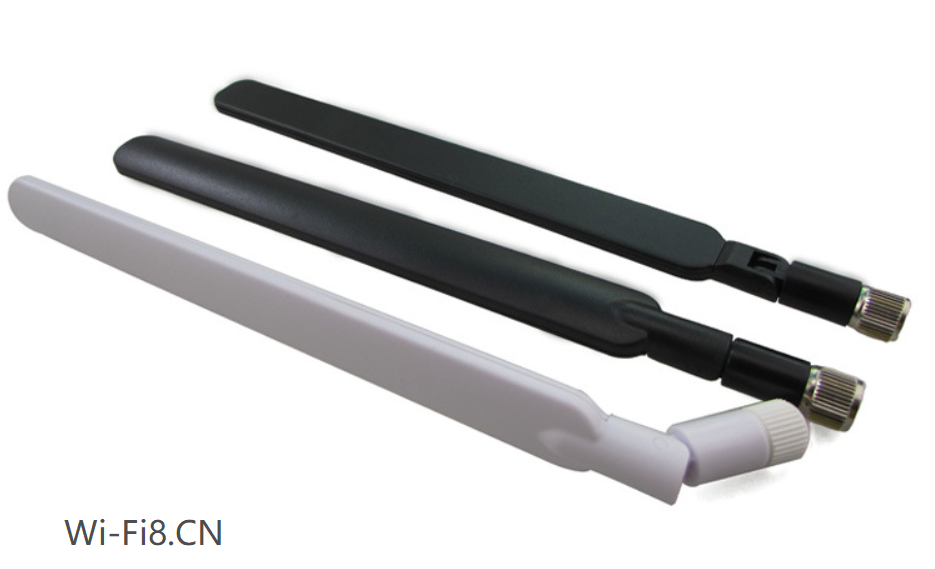
Therefore, a customer-server architecture can be adopted. The gateway acts as a server, and the control of various information appliances by the control equipment is also completed through the gateway. This is conducive to the implementation of a thick server and a thin client structure.
Benefits of wifi technology in smart homes
WiFi wireless fidelity technology, also known as IEEE802.11 protocol, is the commercial name of wireless local area network (WLAN) technology I-IEEE 802.11 series of standards (IEEE802.11 series of standards mainly includes IEEE802.11a/b/g types).
It is also a technology that can wirelessly connect terminals such as personal computers and handheld devices (such as PDAs and mobile phones) to each other.
It is an industry term published by an organization called Wireless Ethernet Compatibility A1liance (WECA), Chinese translated as “Wireless Compatibility Certification.” The goal is to improve interoperability between wireless network products based on the IEEE 802.11 standard.
It is a short-range wireless transmission technology capable of supporting radio signals for Internet access at ranges of hundreds of feet.
With the development of technology, and the emergence of IEEE 802.11a IEEE802.11g and other standards, the IEEE802.11 standard has now been collectively referred to as Wi-Fi.
From the application level, to use Wi-Fi, users must first have a Wi-Fi compatible client device. Wi-Fi helps users access email, the web and streaming media with Internet technology.
It provides users with wireless broadband Internet access. It’s also a fast, convenient way to get online at home, in the office, or on the go. Places where you can access the Wi-Fi network are called hotspots.
Wi-Fi or s02.11G operates in the 2.4Chz band and supports speeds up to 54Mbps (802.11N operates at 2.4Ghz or 5.0Chz for a maximum speed of 600Mbps). There are also two protocols for 802.11 space, including (a) and (b). They are also in public use, but 802.11G/N is the most commonly used in the world.
Wi-Fi is a wireless network composed of access point (Access Point AP) and wireless network card, which has a simple structure and can achieve fast networking, and the complexity of erection costs and procedures is far lower than that of traditional wired networks. More than two computers can also form a peer-to-peer network, no AP is required, only each computer is equipped with a wireless network card.
AP as a bridge between the traditional wired network and wireless LAN, any PC equipped with a wireless network card can access the wired network through the AP, its working principle is equivalent to a built-in wireless transmitter hub or router, wireless network card is responsible for receiving the AP transmitted signal client.
Wi-Fi needs to be used with wired broadband access technology (DSLAN, etc.), wired broadband access to the home, connected to an AP, users as long as one or more computers install wireless network cards can be wireless Internet access at home. The benefits of wifi technology in smart homes are as follows:
1) Wide coverage of radio waves. Bluetooth has a small radio coverage, with a radius of only about 15 meters, while WiFi has a radius of up to 100 meters. It can even cover an entire building.
2) WiFi transmission speed is fast, up to 54Mbps, in line with the needs of personal and social informatization. Within the network coverage range, users are allowed to access the network at any time and any place, enjoy a series of broadband information value-added services such as online securities, video on demand (VoD), distance education, telemedicine, video conferencing, online games, etc., anytime, anywhere, and realize mobile office.
3) No wiring, can not be limited by real geographical conditions, so it is very suitable for the needs of mobile office users. As long as you need it
Set up “hot spots” where you want them, and connect the Internet via high-speed lines. In this way, within the range of the radio waves emitted by the “hot spot”, users can access the Internet at high speed as long as they bring a laptop or PDA that supports wireless LAN to the area.
4. Health and safety. IEEE802.11 stipulates that the transmission power shall not exceed 100 milliwatts, the actual transmission power is about 60 milliwatts – 70 milliwatts, while the transmission power of mobile phones is about 200 milliwatts – 1 watt, and the handheld walkie-talkie is up to 5 watts. Compared to the latter, WiFi products have less radiation.
5. WiF use is now very common. More and more electronic products that support WiFi, such as mobile phones, MP4, computers, etc., have basically become mainstream standard configurations.
And because the WiFi network can well achieve the network coverage within the home, suitable for acting as the leading network in the home, other devices with WiFi function in the home, such as TVs, DVD players, digital speakers, digital photo frames, cameras, etc., can establish communication connections through WiFi, realize the digitalization and wireless of the entire family, and make people’s lives more convenient and rich.
Smart Home Wifi Module – Home Gateway Module
Home gateways are a core part of our entire network. All information appliances and control devices must be connected to this gateway. At the same time, the gateway is interconnected with the external Intemet.
Then the gateway needs to implement WiFi and provide high-level applications such as TCP/IP, HTIP, WebServer and other high-level applications and graphical user interfaces.
The protocol structure to accomplish this function is shown in Figure 2. Its application layer adopts a unified device management protocol, which is used to manage and control the addition, deletion, status query, parameter configuration and other devices in the entire network. UDPC adopts a customer-server structure, the server side is for each information appliance and control equipment, and the customer is the home gateway.
The home gateway is based on embedded Linux. WiFi functionality is implemented by embedded Linux systems, and graphical user interfaces and high-level applications for TCP/IP, HTTP, Web-Server.
Users can log in to the home gateway through identity authentication, and use the graphical control interface provided by the system to control and manage information appliances.
Home gateways also support embedded web servers. When we log in legally, we can use the web pages provided by the server to manage and control various information appliances in the network.
The embedded web server can be selected with boa, which is the most widely used HTTP server program under embedded Linux, with comprehensive functions.
And it can well support CGI technology for server-side expansion. Moreover, boa supports the widely familiar C language to implement CCI programs.
After the home gateway starts, complete the initialization of the system and load the related services. The received user’s control or query commands are processed, and the CCI program converts the commands into UDCP packets and sends them to information appliances or control devices in the network through the WiFi module.
At the same time, the home gateway also receives the current status information of information home appliances through WiFi, and feeds it back to the control device after processing it for user use.
Information appliance module
There are two modes of implementation of the WiFi function on information appliances. One is that information appliances themselves have WiFi functions.
This is ideal. Many household appliances such as TVs, DVDs, etc. already have this function. The second is to extend WiFi to home appliances that did not originally have WiFi function. Rabbit’s WiFi core modules and their corresponding development packages can be used for extensions.
Since the high-end functions of information appliances are completed by home gateways, it is possible to control them without implementing the upper-layer protocol of WiFi.
Information appliances transmit various status information collected by themselves to their own or extended microcontrollers, which receive these data and convert them into UDCP packets and send them to the home gateway through the WiFi module.
At the same time, the information home appliance also receives the information from the home gateway through the WiFi module, converts it into control or query of the home appliance after processing, and feeds its subsequent status information back to the home gateway by the WiFi module.
Application of wifi technology in smart home
The summary of the application of wifi technology in smart home is here first. All in all, home and small office network users’ demand for mobile connectivity is the growth of the wireless LAN market, although so far, the United States, Japan and other developed countries are still the most WiFi users in the region, but with the further popularity of e-commerce and mobile office, cheap WiFi, will become the inevitable choice of those users who need to connect at any time.




